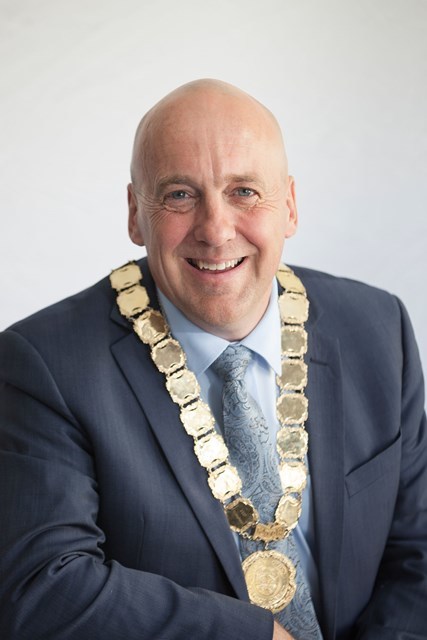Rates up, revaluations scheduled for Central
Jill Herron
07 June 2022, 6:30 PM
 Bucking the trend…ward-specific rates have decreased in the Maniototo but risen everywhere else. Image of historic Omakau railway siding: Jill Herron
Bucking the trend…ward-specific rates have decreased in the Maniototo but risen everywhere else. Image of historic Omakau railway siding: Jill HerronTwo changes are coming for property owners in Central Otago - one likely to be good for the pocket, the other not so much.
An update of all registered property valuations has been scheduled, with owners to be notified of the new figure on March 15 next year, according to a Central Otago District Council (CODC) spokesperson.
Since the previous valuation in September 2019, property prices have leapt up with houses and lifestyle blocks often selling for two to three hundred thousand dollars over their 2019 registered valuations.
Quotable Value (QV) will begin the reassessment process in October this year and after owners are notified of their new valuation, they will have about a month to object if they wish. The revised values will become effective from July 1, 2023.
Meanwhile, the council’s new district rates will come into effect next month, with an average increase of 7.5 per cent across Central Otago.
There is a marked difference between areas, however, with Maniototo’s average rates dropping by 0.4 per cent and the Teviot Valley residents paying an extra 5.2 per cent.
Cromwell’s ward-specific average rates increase is 4.1 per cent and Vincent’s ward-specific average rates increase is five per cent.
“These variances reflect the various ward specific projects going on in their areas”, CODC corporate services executive manager Leanne Macdonald said.
“Increases or decreases are specific to these communities and do not include the district-wide charges and metered water charges.”
The 2.5 per cent discount that was previously applied when ratepayers paid their property’s annual rates in full, on or before the first instalment has been removed.
Council says this is “in line with many other councils given the low interest rates and also to keep rate costs down”.
Rates increased by an average of 6.7 per cent across the district last year and are predicted to go up another 7.6 per cent next year, bringing the total percentage increase over three years to nearly 22 per cent.
They are the main source of income for councils, with CODC drawing about 60 per cent of its revenue from rates.
Council had seen increased costs relating to wastewater and waste (rubbish) collection and disposal, Leanne said.
The effects varied across the district and between ratepayers causing anomalies in increases this year.
As the effects filtered through to property owners, hotels and motels (for example) that had additional toilets might feel the increase of waste charges more than residential ratepayers, who had rubbish bins included in their rates for the first time.
“Waste collection has also increased, so our bins increased by six per cent from $448 to $475 for a set of three bins and the waste management charge went from $69.92 to $73.98, so while not much in terms of dollars, is still a 5.8 per cent increase in this area,” she said.
There was an ongoing need to drive waste down to minimise costs across the district, she said.

Central Otago District mayor Tim Cadogan
Central Otago mayor Tim Cadogan believed the average rates increase was “a good result”.
“To do the things we have committed to doing in the Long-term Plan last year after significant consultation with the community, we were anticipating a 7.8 per cent average rate rise which has come back to 7.5 per cent. That is not a bad effort compared to the current rate of inflation, although rates and inflation aren’t totally directly linked.”





